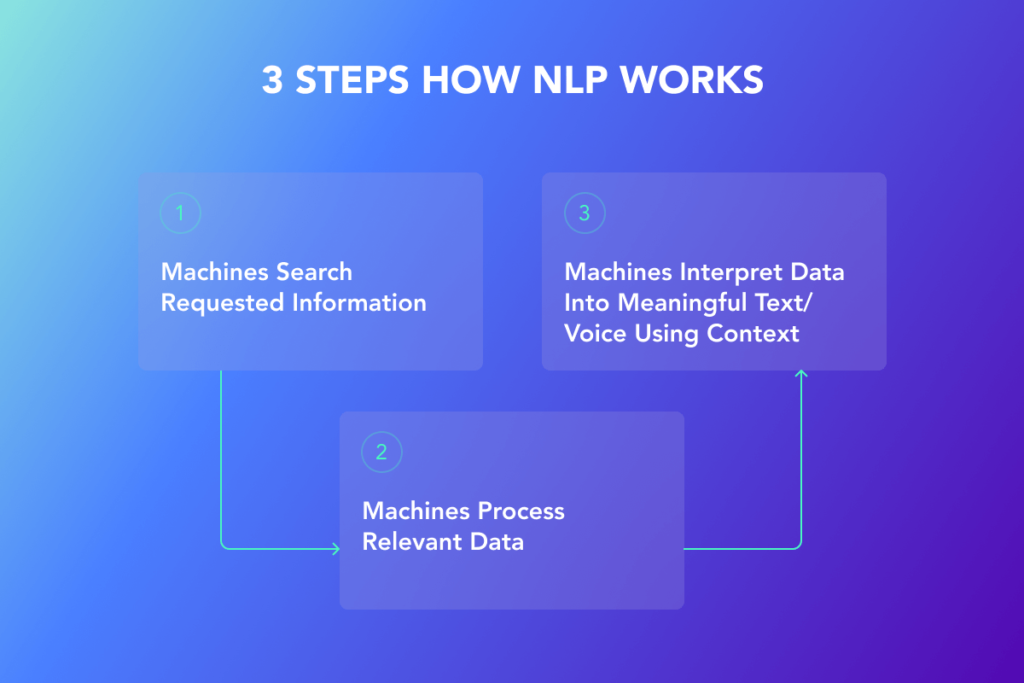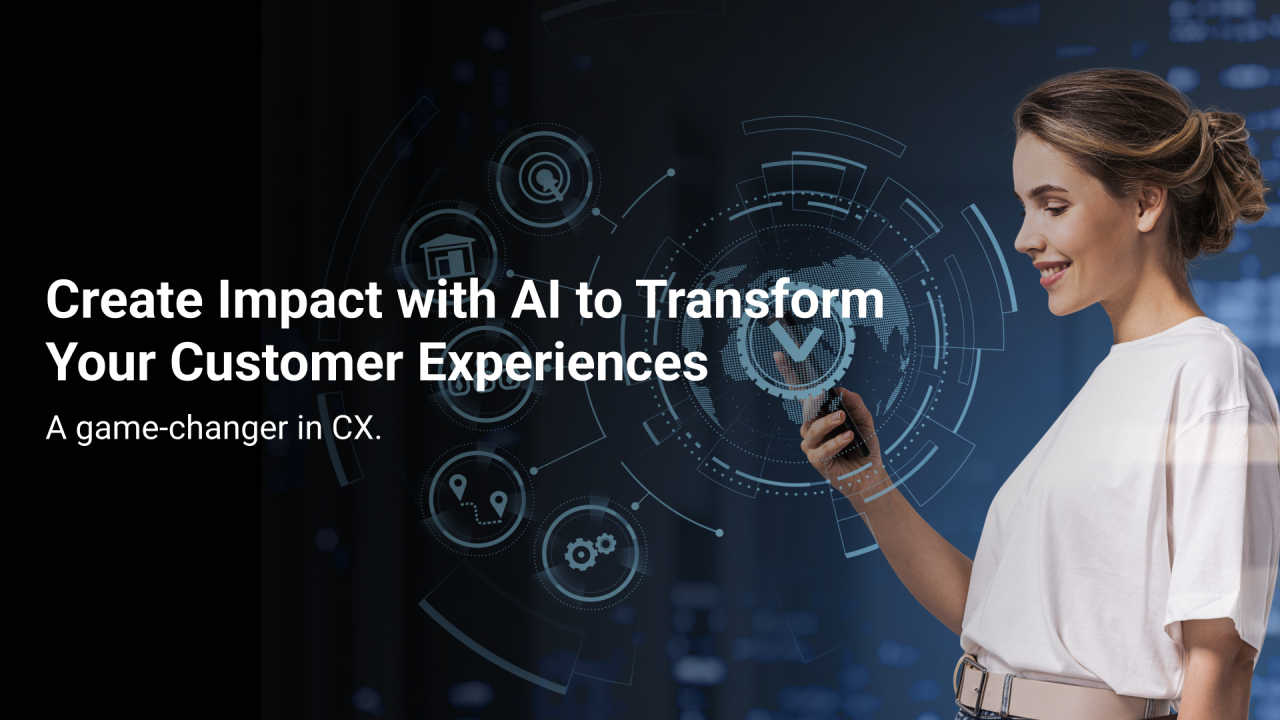In today’s data-driven world, understanding your customer experiences is more crucial than ever. But deciphering customer behavior can feel like a complex puzzle. This is where artificial intelligence (AI) steps in, offering a powerful toolkit to unlock the secrets hidden within your customer data.
AI isn’t just a single tool; it’s a toolbox overflowing with functionalities specifically designed to enhance the customer experience (CX). Let’s delve into seven of the most impactful AI technologies transforming the landscape of CX, along with real-life examples to illustrate their power
Table of Contents
ToggleLarge Language Models (LLMs)
Imagine a super-powered brain that can analyze massive amounts of text and code. That’s essentially what LLMs are. These AI models, trained on vast datasets like Wikipedia or social media conversations, power applications like chatbots and virtual assistants.
For instance, Amazon’s Alexa uses LLMs to understand your natural language questions and respond with informative answers, allowing you to control smart home devices, play music, or get weather updates with ease.
LLMs can process complex inquiries simultaneously, allowing for high-volume self-service interactions, freeing up human agents for more intricate issues like troubleshooting technical problems.
Machine Learning (ML)

Think of ML as a tireless apprentice, constantly learning and improving.
Take Netflix for example – ML algorithms analyze your viewing habits to recommend movies and shows you’re likely to enjoy.
It analyzes data sets to identify patterns and trends, forming the foundation for predictive and prescriptive analytics (we’ll get to those in a moment!). ML personalizes customer experiences by analyzing past behaviors and preferences, leading to higher satisfaction scores.
Spotify uses ML to create personalized playlists based on your listening history, ensuring you always have the perfect soundtrack for any activity.
Natural Language Processing (NLP)

Bridging the gap between human and machine language, NLP allows AI to understand natural speech and text. This forms the backbone of conversational AI, enabling interactions with chatbots and voice assistants.
For Example – Imagine using your smartphone to text your bank and ask about your account balance.
NLP allows the bank’s chatbot to understand your request and securely retrieve your balance information, all through a natural conversation. NLP also empowers sentiment analysis, helping you gauge customer satisfaction through their communication style.
Social media platforms like Facebook use NLP to analyze the tone of your posts and comments, allowing them to flag potentially harmful content and promote a more positive online environment.
Natural Language Understanding (NLU)
Take NLP a step further, and you get NLU. This technology allows for natural, two-way communication between humans and AI systems.
For Example – Imagine a customer calling a travel company to inquire about booking a vacation. NLU-powered voice assistants can understand the nuances of the customer’s questions and preferences, allowing them to search for flights, hotels, and activities that perfectly match the customer’s needs. This seamless interaction personalizes the customer experience and fosters trust, leading to a more enjoyable travel planning process.
Predictive Analytics for Customer Experiences (CX)
Now let’s get to the fortune-telling side of AI! Predictive analytics uses historical data to forecast future customer behavior.
For example, an e-commerce store like Amazon might use predictive analytics to recommend phone cases to customers who just purchased a new phone. By analyzing past buying habits, it predicts that a customer who buys a phone is likely to want a case to protect it. Armed with this knowledge, you can proactively recommend phone cases on your website, increasing sales and customer convenience.
Prescriptive Analytics for Customer Experiences (CX)
Prescriptive analytics goes beyond predictions, offering actionable insights. Building upon the insights from predictive analytics, it suggests specific actions you can take to optimize customer interactions.
Continuing with the phone case example, prescriptive analytics might recommend offering a discount on phone cases alongside the phone purchase. This nudge can significantly boost sales while ensuring the customer has everything, they need to protect their new device.
Airlines use prescriptive analytics to identify customers who might be at risk of missing their flights due to weather delays or other unforeseen circumstances. With this knowledge, airlines can proactively rebook these customers on alternative flights, minimizing disruptions and saving them the hassle of a missed connection.
Generative AI for Customer Experiences (CX)
Imagine an AI that can create content just like a human! Generative AI, often powered by LLMs, uses NLP to create various content formats, including text, code, and even visuals. In the realm of CX, it can streamline tasks like summarizing customer interactions or generating personalized email follow-ups.
For instance, an AI-powered tool can automatically generate a concise summary of a customer service chat conversation, highlighting key points and next steps. This not only frees up agent time but also enhances communication with customers by providing a clear and concise record of the interaction
By leveraging this arsenal of AI technologies, you can transform your CX from reactive to proactive. Imagine a world where you can anticipate customer needs, personalize their experience at every touchpoint, and ultimately build stronger customer relationships. This is the power of AI in CX!
Incorporating all seven AI technologies doesn’t have to be an all-or-nothing approach. Start by identifying your biggest CX challenges and choose the AI tool that best addresses them. As you gain experience and expertise, you can gradually integrate more AI functionalities to create a comprehensive and future proof CX strategy.

